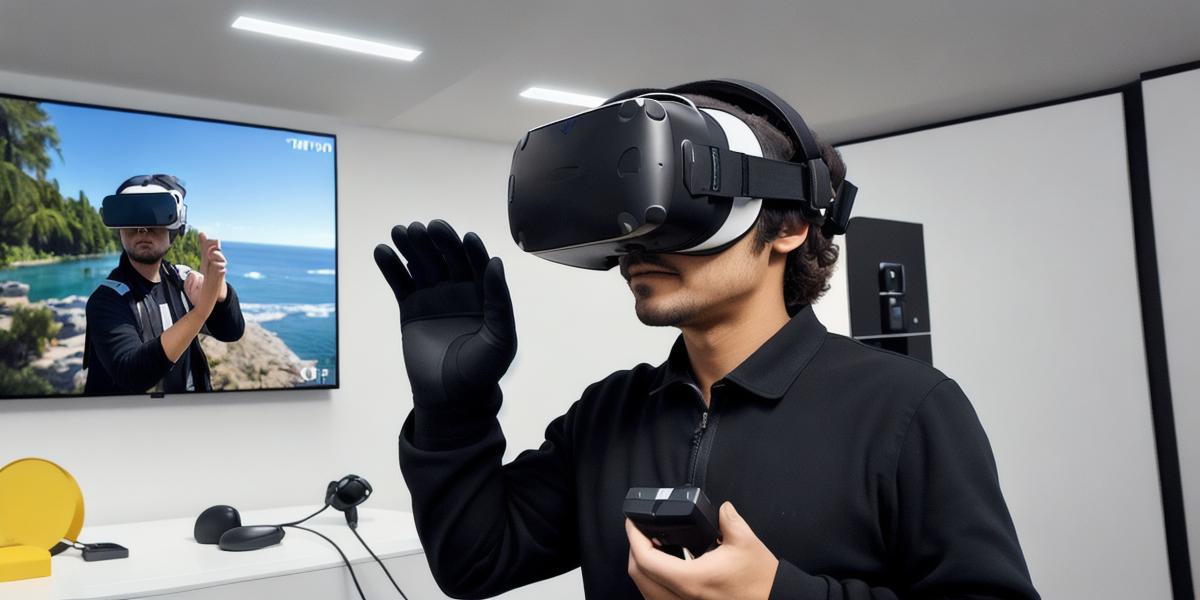Virtual reality (VR) is a computer-generated simulation that allows users to interact with a simulated environment as if they are in the real world. VR has gained popularity in recent years, and its applications have been expanding rapidly. In this article, we will explore some everyday examples of how VR is being used in our daily lives.
1. Gaming
The most common application of VR is gaming. With VR headsets and handheld controllers, gamers can immerse themselves in a simulated environment and interact with the game as if they were physically present. This has led to a new genre of games that are specifically designed for VR, such as first-person shooters, adventure games, and puzzle games.
2. Education
VR is also being used in education to enhance learning experiences. For example, medical students can use VR simulations to practice surgeries, while history students can explore ancient civilizations in a virtual environment. This allows for a more engaging and interactive learning experience that can help students better understand complex concepts.
- Training and Simulation
VR is also being used for training and simulation purposes. For example, pilots can use VR simulations to practice flying, while military personnel can use VR simulations to practice combat scenarios. This allows for a safe and controlled environment for training, which can help improve performance and reduce the risk of injury.
- Real Estate and Interior Design
VR is also being used in real estate and interior design to allow clients to visualize properties and designs in a virtual environment. This can be especially useful for clients who are located far away from the property or who have limited time to visit the location.
- Tourism and Travel
VR is also being used in tourism and travel to allow users to explore different parts of the world virtually. For example, users can take a virtual tour of museums, historical sites, and natural wonders from the comfort of their own homes. This can be especially useful for people who are unable to travel due to financial or time constraints.
In conclusion, VR is becoming increasingly popular in our daily lives, and its applications are only limited by our imagination. Whether it’s gaming, education, training, real estate, or tourism, VR has the potential to revolutionize the way we interact with simulated environments. As technology continues to advance, we can expect to see even more creative uses for VR in the future.
